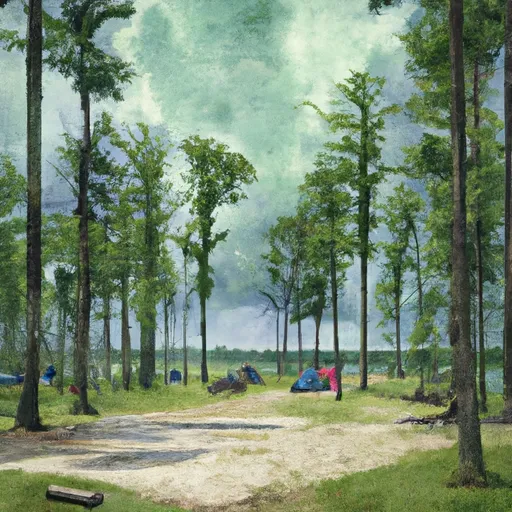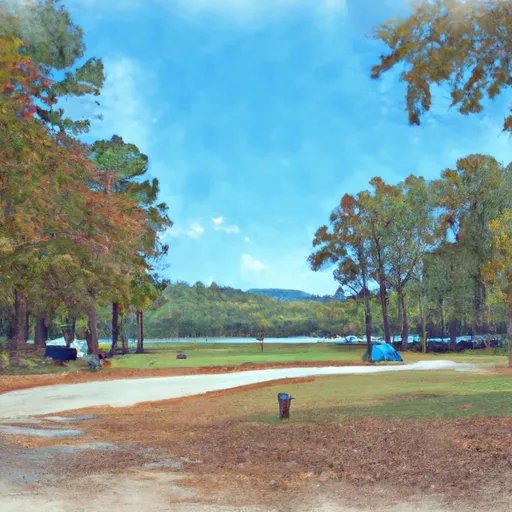Summary
It has a humid subtropical climate characterized by hot, humid summers and mild winters. The average high temperature in summer is around 90°F (32°C), while winter temperatures average around 55°F (13°C). Tuscaloosa experiences a moderate amount of rainfall throughout the year, with the wettest months being March and December.
Situated along the Black Warrior River, Tuscaloosa benefits from a diverse hydrology system. The river provides a scenic backdrop and opportunities for water-based activities such as boating, fishing, and kayaking. Additionally, Lake Tuscaloosa, a reservoir formed by the damming of the North River, offers further recreational opportunities.
Outdoor enthusiasts in Tuscaloosa can enjoy several parks and nature preserves. The Lake Lurleen State Park provides camping, hiking, and fishing opportunities, while Munny Sokol Park offers trails for walking, running, and mountain biking. Tuscaloosa also boasts several golf courses and sports complexes, including the Tuscaloosa Tennis Center.
Overall, Tuscaloosa's climate offers warm and mild conditions for outdoor activities, and its hydrology constituents provide ample opportunities for water-based recreation.
Weather Forecast
Tuscaloosa receives approximately 1389mm of rain per year, with humidity levels near 86% and air temperatures averaging around 18°C. Tuscaloosa has a plant hardyness factor of 8, meaning plants and agriculture in this region tend to thrive here all year round.
Area Campgrounds
| Location | Reservations | Toilets |
|---|---|---|
 Deerlick
Deerlick
|
||
 Holt Lake
Holt Lake
|
||
 Lake Lurleen State Park
Lake Lurleen State Park
|

 Harmon Field
Harmon Field
 Falcon Field
Falcon Field
 Kentuck Park
Kentuck Park
 Palmore Park
Palmore Park
 Snow Hinton Park
Snow Hinton Park